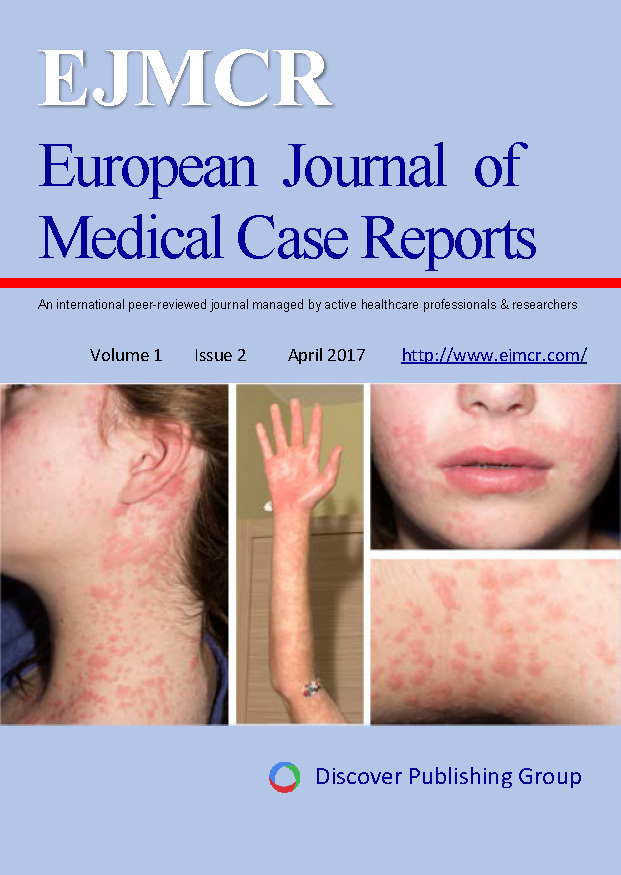 Original Article |
September 13, 2025
Original Article |
September 13, 2025
Primary adrenal malignancies in Oman in the last decade (2014-2023); single tertiary hospital experience
Background: Adrenal malignancy is a rare entity of diseases that has a low incidence, vague symptoms, and variable prognosis. Due to its rarity, case series studies from around the world can contribute to a better understanding of the disease.
Aims and Objectives: To analyze the similarities and differences in this adrenal malignancy spectrum within the Middle East.
Settings: This retrospective case series was conducted at the Royal Hospital, Muscat, Oman.
Methods: The medical records of the patients diagnosed with primary adrenal malignancies were reviewed from January 2014 to December 2023.
Results: A total of 15 patients with a mean age of 52 years were included, with a male-to-female ratio of 1:2.7. The majority of patients (80%) had a personal medical history, and the most common condition was hypertension. Four patients (26.6%) presented with abdominal pain that required computed tomography imaging to determine the cause. Left-sided malignancy was predominant (60%); however, the majority of male patients had right-sided tumors (75%) (p-value = 0.235). The largest tumor measured 169 mm, with no statistically significant difference in tumor size between males and females: 87.3 ± 10.6 mm in males
versus 91.8 ± 47.4 mm in females (p-value = 0.77). Laboratory investigations revealed that 53% of the patients had elevated hormone levels, including aldosterone, cortisol, testosterone, and metanephrines.
Conclusion: With the rarity of this spectrum of diseases, more studies are needed for a better evaluation of its impact on the community. Hopefully, more advanced technology, especially at the molecular level, can allow a better understanding of its
behavior.



